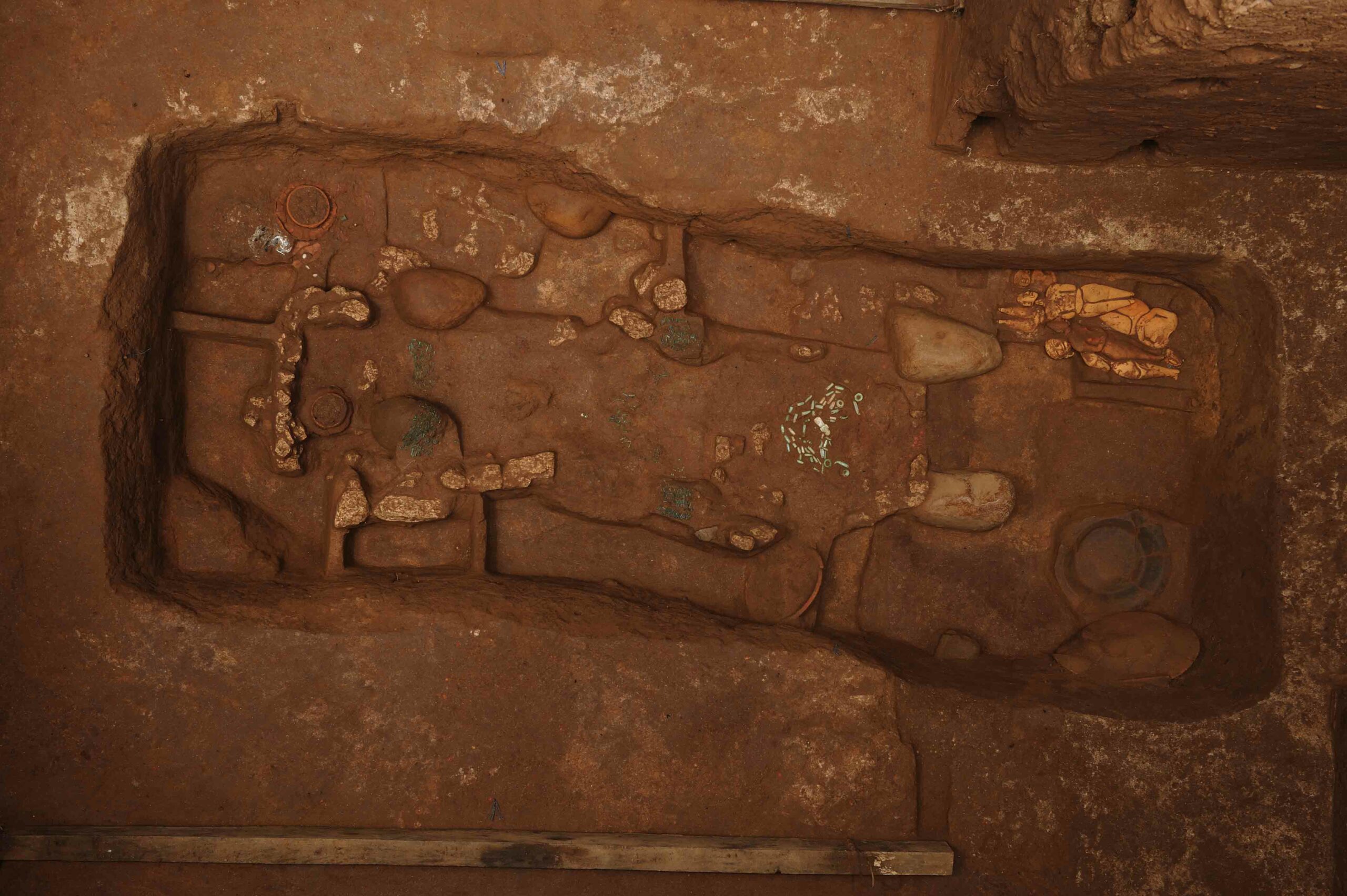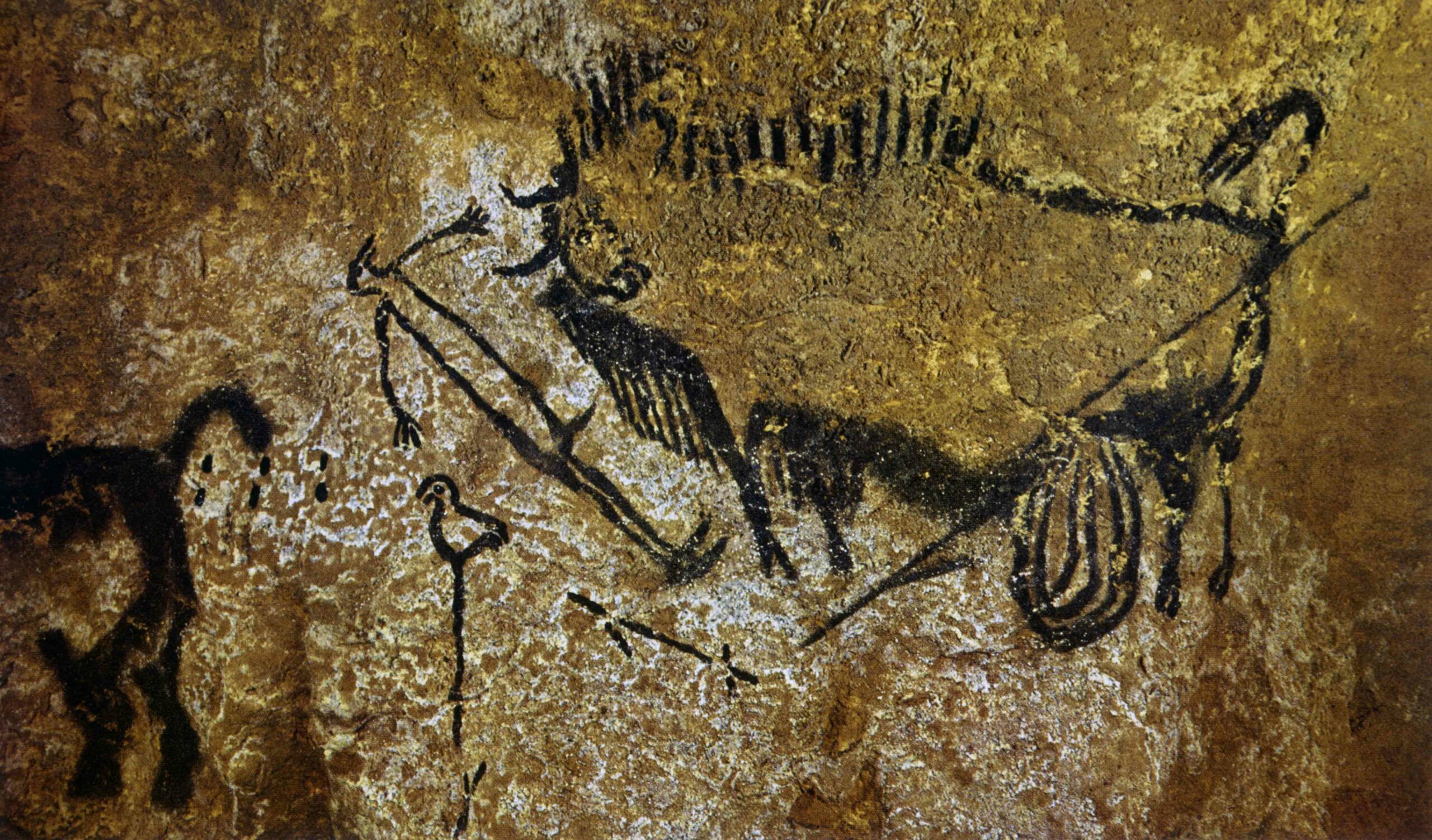
SYDNEY, AUSTRALIA—Archaeologists digging at a 6,000-year-old site on Papua New Guinea's New Britain Island have discovered a cache of obsidian tools that were deliberately shaped as phalluses. The researchers, led by the Australian Museum's Robin Torrence, speculate that the stones played an important social or ritual role, since they would have been difficult to make and their thin edges show no evidence that they were ever actually used as tools. “It could indicate that the tools were used in an initiation ritual for boys or girls,” says Torrence. “Another theory is that the shape could refer to the power and status of the person who owned this object.” She points out that the tools were probably made by highly skilled craftspeople who used obsidian that came from outcrops more than 60 miles away from the site, suggesting these ritual objects may have been traded over a large area.










